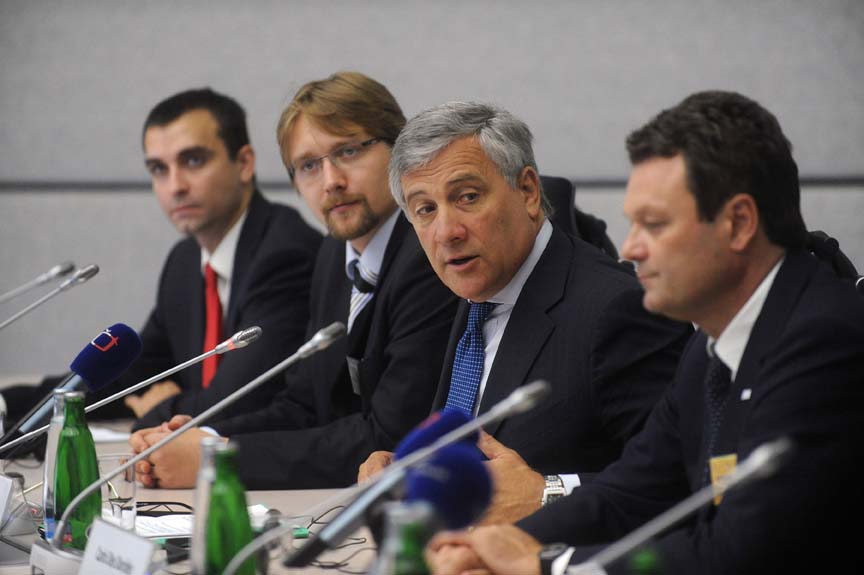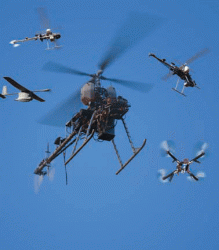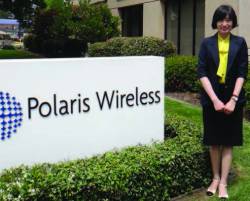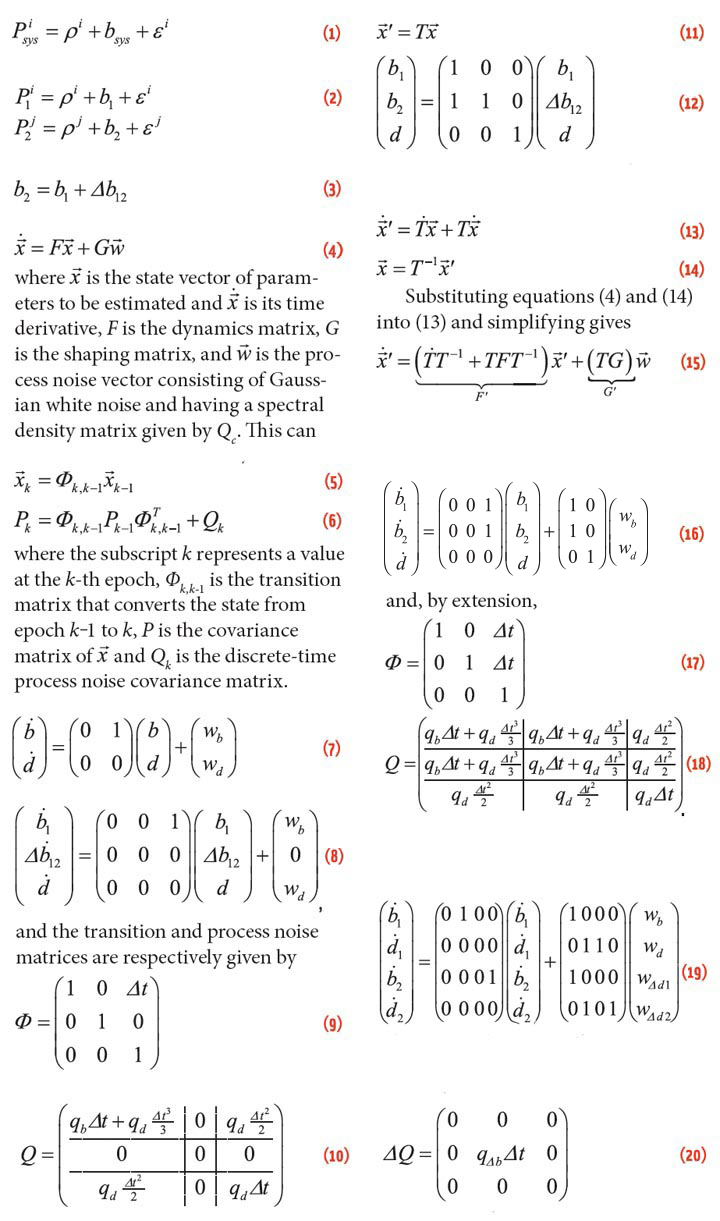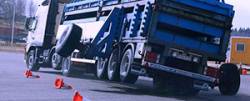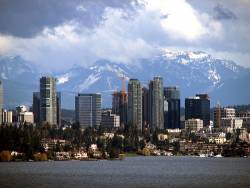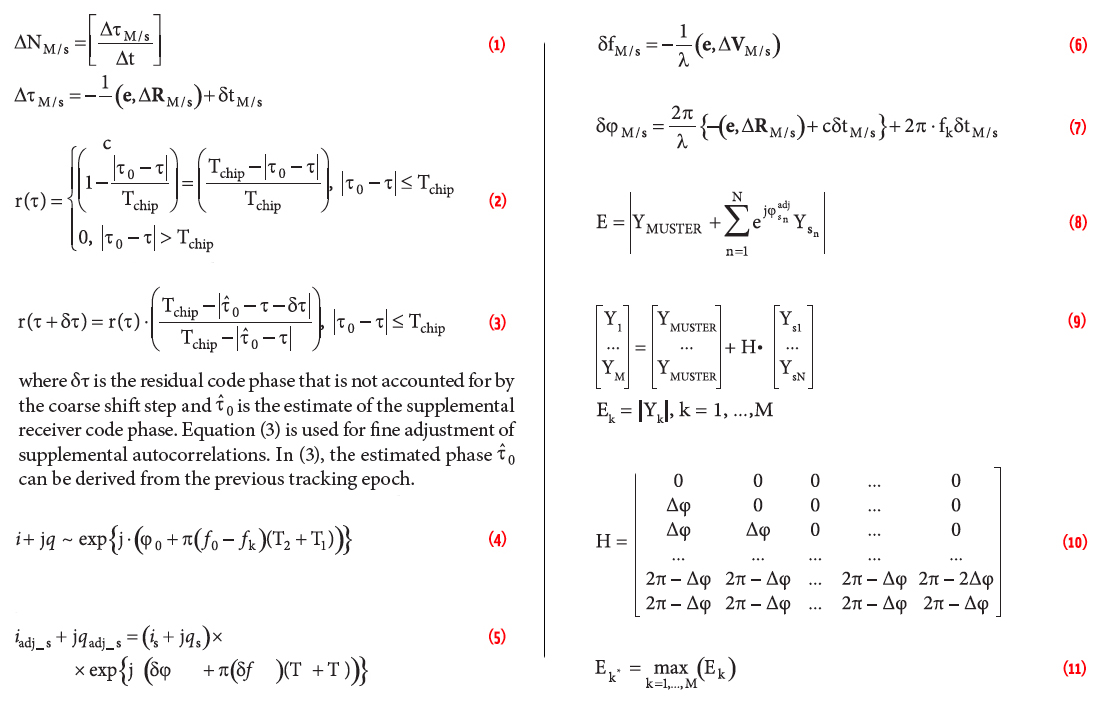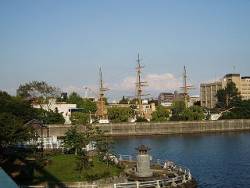European Patent Office Offers New Prize in 2013 GNSS Applications Contest
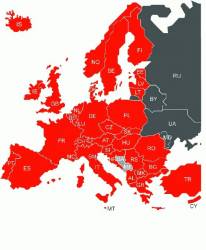 Member states of the European Patent Organization
Member states of the European Patent OrganizationThe European Patent Office will award a brand-new prize for the best patented satellite technology in the 2013 European Satellite Navigation competition, or Galileo Masters.
The winner – or winners -will receive a detailed economic study on the market potential of theirinvention. They will also have chance at the EPO’s 2014 European Inventor Award.
By Inside GNSS
